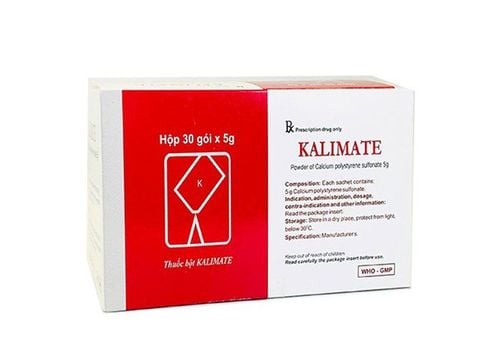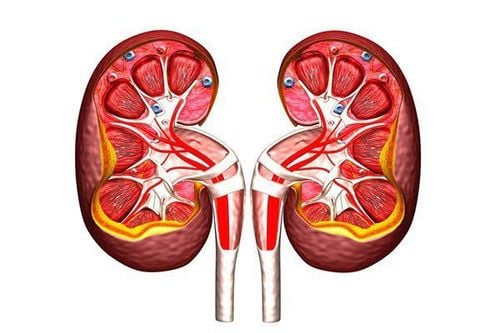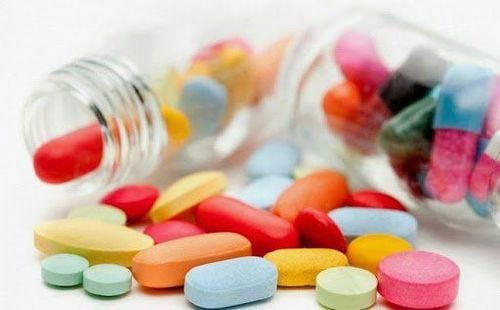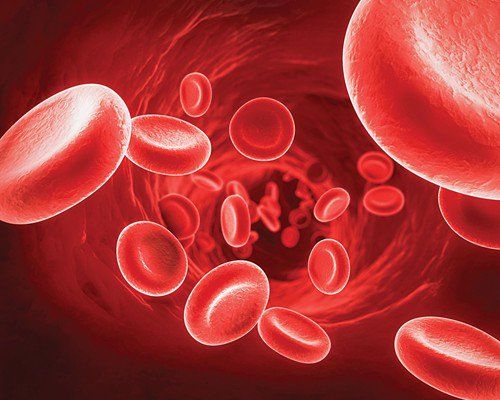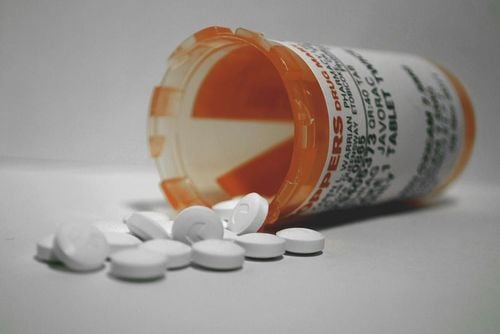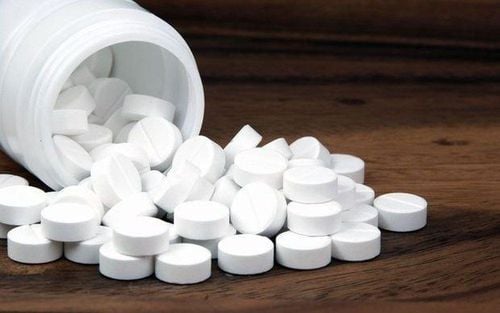This is an automatically translated article.
Hypokalemia or hypokalemia is a condition in which the body cannot keep enough potassium to maintain normal functioning, in some cases can lead to death. So what are the causes of hypokalemia and how does it affect health?
1. What is hypokalemia?
Potassium is a major cation in the electrolytes of the cell, facilitating the contraction of skeletal and smooth muscle, including the contraction of the heart muscle. Potassium plays an extremely important role in nerve impulse transmission, acid-base balance, enzyme activity and cell membrane function.
Potassium is the major intracellular cation with a concentration of about 145 mEq/L, while the concentration in the extracellular fluid, including blood, is 4 mEq/L. More than 98% of the body's potassium is in the cells, the measurement of potassium from blood samples is relatively insensitive, small fluctuations in the blood correspond to very large changes in the body's total potassium stores.
Because the normal range of serum potassium is so narrow (3.5-5 mEq/L), even a slight increase or decrease in deviation can lead to serious clinical consequences.
Hypokalemia is the term used to describe a condition in which blood potassium levels are lower than normal. Hypokalemia is when serum potassium < 3.5 mmol/L. Very low blood potassium levels (less than 2.5 mmol/L) can be life-threatening and require immediate medical attention.
Trắc nghiệm: Bận rộn có ảnh hưởng đến sức khỏe của bạn không?
Cuộc sống hiện đại khiến chúng ta vì quá bận rộn mà quên chăm sóc sức khỏe cho chính mình. Ai cũng biết rằng lịch trình làm việc cả ngày có thể khiến bạn kiệt sức, nhưng cụ thể bận rộn ảnh hưởng thế nào tới sức khỏe? Hãy cùng làm thử bài trắc nghiệm dưới đây.
2. Causes of hypokalemia
Hypokalemia may be caused by one or more of the following mechanisms: decreased supply, intracellular K+ translocation, and true potassium loss.2.1 Decreased supply This is rarely the sole cause of hypokalemia because urinary potassium excretion can be reduced to <15 mmol/day. Renal excretion of potassium decreases gradually over 10 years. 14 days to reach <15 mmol/day.
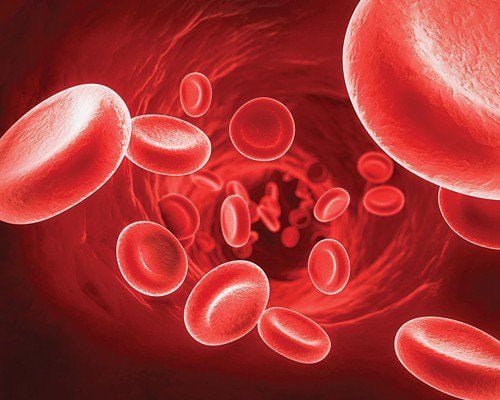
2.2 Intracellular potassium movement The intracellular and extracellular potassium movement consists of two modes:
Active transport via the Na+K+ATPase pump; Acidosis or cell contraction due to increased osmotic pressure of the extracellular fluid will cause potassium to shift from the intracellular to the extracellular; Metabolic alkalosis causes hypokalemia from potassium redistribution and renal potassium loss. In addition, the use of insulin in the treatment of diabetes can lead to hypokalemia. In addition, frequent uncontrolled hyperglycemia causes low blood potassium by osmotic diuresis. Metabolic events may rarely cause hypokalemia due to intracellular potassium migration. This occurs after excessive cell growth in patients with pernicious anemia or leukopenia treated with vitamin B12 or monoclonal granulocyte-activated drugs, or in patients on venous line.
2.3 Extrarenal potassium loss This phenomenon is often seen in patients with vomiting or gastric aspiration. The potassium concentration in gastric juice is 5-10 mEq/L, so the loss of gastric juice directly contributes only to the negative balance of potassium. Potassium deficiency is mainly due to increased renal potassium excretion, due to 3 mechanisms:
Loss of gastric acid leads to metabolic alkalosis which increases potassium concentration in renal tubular cells; Elevated plasma bicarbonate concentrations also increase the transport of bicarbonate and fluid to the distal renal tubules; Volume depletion leads to hyperaldosteronism secondary to potassium excretion. Hypokalemia due to gastrointestinal potassium loss may occur in patients with massive diarrhea, use of laxatives, and villous adenoma. The concentration of potassium in liquid stool is 40-60mEq/l.
Excessive sweating can lead to hypovolemia and hypokalemia, due to increased renal potassium excretion (secondary hyperaldosteronism).
2.4 Loss of potassium in the kidney Mechanism of renal excretion of potassium is very complex and is influenced by the following factors:
blood pH: Metabolic alkalosis increases potassium into renal tubular cells, causing increased potassium secretion; Mineralocorticoids (such as aldosterone), increase the Na+K+ATPase pump activity in the distal tubule cells, thereby increasing the secretion of potassium into the tubular lumen. There are 3 factors that regulate aldosterone secretion: Increase angiotensin II in the blood; Increased potassium in the extracellular fluid; Decreased sodium in the extracellular fluid. Increased sodium supply to the distal tubule and non-reabsorbed anions: The sodium salts of the anions that are not reabsorbed (such as bicarbonate) when reaching the distal tubule, sodium will be reabsorbed, leaving anions remaining. not absorbed, increasing the difference to the charge will promote potassium excretion; Fluid flow to the distal tubule: For example, diuretics acting in the loop of Henle increase the amount of fluid reaching the distal tubule, thus increasing potassium excretion: Most cases of persistent hypokalemia are caused by renal potassium loss; Use of diuretics is a common cause of hypokalemia; An excess of mineralocorticoids often causes hypokalemia. Primary hyperaldosteronism is caused by disorders of aldosterone secretion, in adenoma or adrenal carcinoma, or in corticosteroid-secreting adrenal hyperplasia; Hyperreninemia (secondary hyperaldosteronism) is common in both malignant hypertension and renal vascular stenosis. Renin-secreting tumors are a rare cause of hypokalemia. Hyperreninemia may also be due to a decrease in the effective circulating volume; The increased excretion of potassium in the distal renal unit may be due to non-aldosterone mineralocorticoid overproduction in congenital adrenal hyperplasia. The syndrome of mineralocorticoid excess due to dehydrogenase deficiency or inhibition, due to the use of licorice, anti-smoking chewing gum...; Manifestations of Cushing's syndrome may include hypokalemia, due to the mineralocorticoid effects of cortisol.
3. Effects of hypokalemia
Hypokalemia can cause complications such as bradycardia, decreased myocardial contractility or torsades de pointes tachycardia, which is one of the causes of arrhythmias leading to cardiac arrest. Emergency circulatory arrest in these patients without detecting hypokalemia will lead to respiratory failure due to respiratory muscle paralysis, even quadriplegia.
Hypokalemia is very dangerous, especially for patients with pre-existing chronic diseases such as heart failure, obstructive pulmonary disease... Manifestations of hypokalemia are mainly in the cardiovascular and nervous systems. muscle. Cardiovascular manifestations include bouncing pulse, decreased diastolic blood pressure, orthostatic hypotension, and auscultation with systolic murmur. Electrocardiogram shows U wave, flattened ST segment, extrasystoles of all kinds, especially when there is QT prolongation and torsades de pointes arrhythmia, which means severe hypokalemia, extremely dangerous for the patient's life if not treated. timely replacement of potassium.
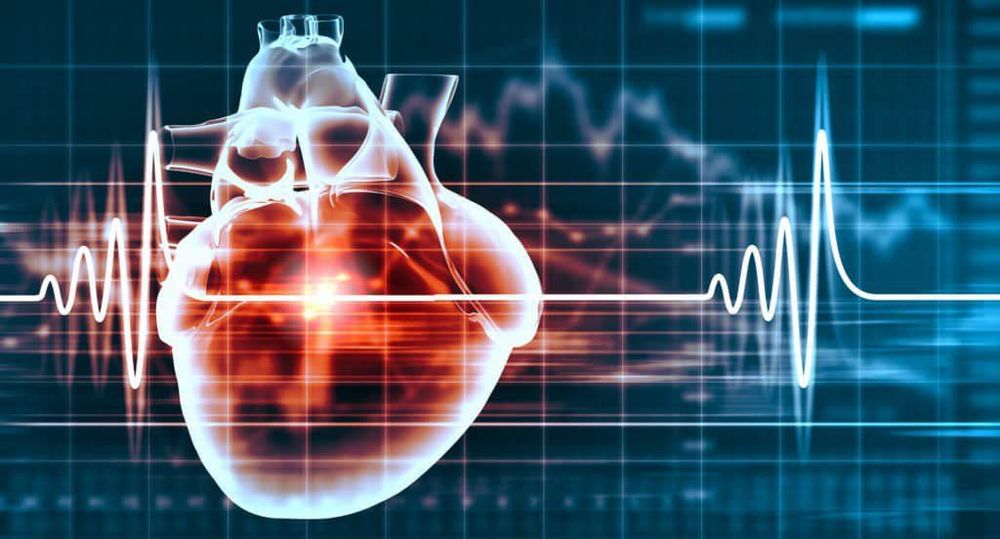
4. How to prevent hypokalemia?
Measures to prevent hypokalemia include:
Avoiding prolonged and heavy physical activity; Avoid using herbs or diuretics, laxatives,... that can cause hypokalemia. Always take medications as prescribed and directed by your doctor, as well as have a backup regimen and monitor blood potassium when taking these drugs; Adequate replacement of daily potassium loss in patients with diarrhea or polyuria due to diuretic therapy. Hypokalemia is very dangerous if the patient subjectively does not go to the doctor and strictly follow the prescribed regimen. Therefore, when there are signs of hypokalemia, you should go to the hospital as soon as possible to take timely measures.
MORE:
Common problems in electrolyte disorders Treatment of acute glomerulonephritis in children Notes when replacing electrolytes to treat diarrhea in children




